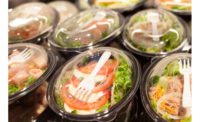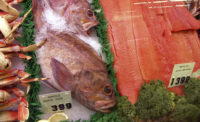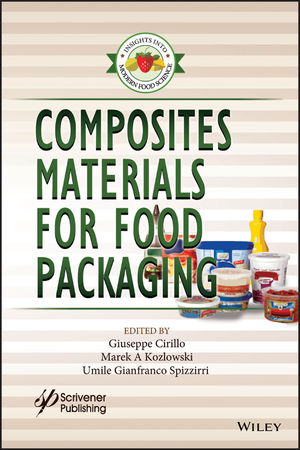Study: Customizing packaging to end-user specification will ignite new growth opportunities
Players should establish an effective and innovative rigid plastic packaging product portfolio and partner with or acquire other companies to expand customer base and strengthen market position.

Over the past few years, the global rigid plastic packaging market has witnessed steady growth due to rapid urbanization, rising plastic production, technology developments driving smart rigid packaging and increased application in end-use industries such as food and beverage. In fact, the rigid plastic packaging market is forecasted to reach $166.63 billion by 2022, growing at a CAGR of 5.2% between 2017 and 2022, according to a study released by Frost & Sullivan, Santa Clara, Calif.
“To tackle the issue of food safety, food and beverage manufacturers are developing efficient smart packaging systems that will ensure safe food supply and long-term storage, thereby extending a product’s shelf life,” says Prateeksha Kaul, research analyst, visionary science. “They are also developing game-changing technologies such as inert barrier, which eliminates numerous manufacturing processes, equating to reduced cost and waste and making the manufacturing process more eco-friendly.”
To gain a competitive advantage in a fragmented market, players should establish an effective and innovative rigid plastic packaging product portfolio and partner with or acquire other companies to expand customer base and strengthen market position. These strategies will drive new growth opportunities and attract customers that are focused on higher durability and environmental sustainability.
Further imperatives for success and growth include:
- Customizing ridged plastic packaging to end-user specifications such as prolonged shelf life and easy to cut, open and eat.
- Expanding operations to the Asia-Pacific region, which experiences high-growth prospects for pharmaceuticals due to increasing healthcare expenditure.
- Focusing on high-growth sectors such as food and beverage by providing efficient products, as there is extensive food loss during transportation.
- Offering better ridge plastic products at lower costs in developing, economically weak countries to boost revenue growth.
“Although plastics have delivered many benefits, the environmental impacts associated with their production and disposal have raised serious concerns,” says Kaul. “The market is also affected by the presence of competitive packaging options, such as flexible plastic packaging. To mitigate these risks, players will need to develop innovative packaging that conforms to current recycling and re-usability regulations but also to increasingly stringent future environment regulations.”
Looking for a reprint of this article?
From high-res PDFs to custom plaques, order your copy today!








